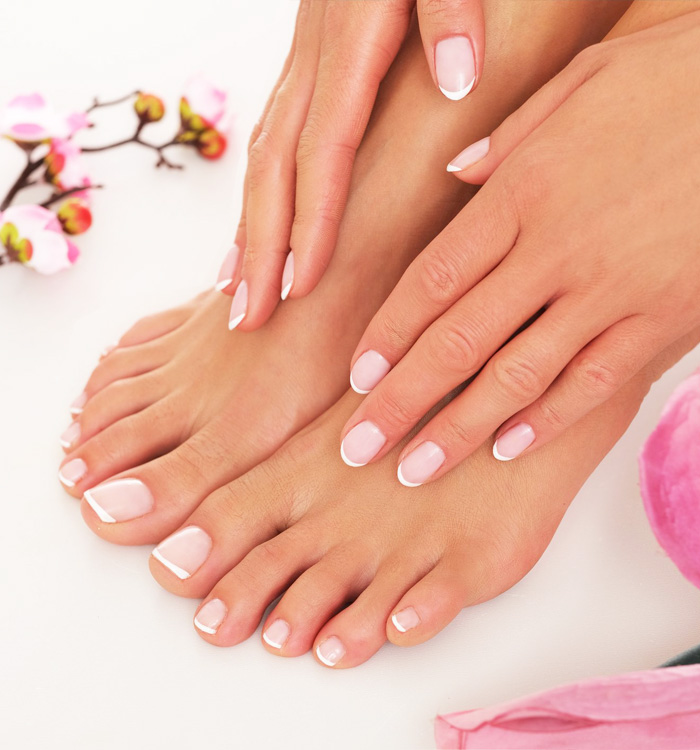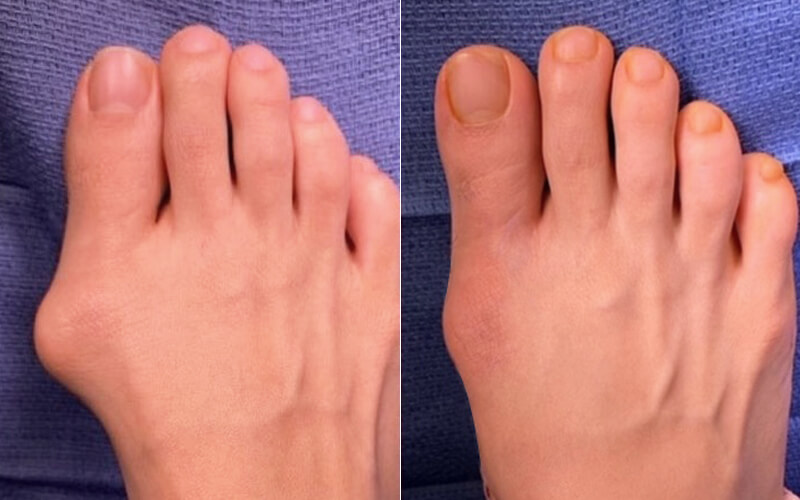Athlete’s Foot Treatment

What to know about Tinea Pedis:
- It is dermatophytosis of the feet, occurring on the skin between the toes
- Caused by one of the dermatophytes, usually a species of Trichophyton or Epidermophyton
- Warm, dark, and humid environment (like the feet inside shoes) encourages fungus growth
- The disease consists of small vesicles, cracks, scaling, cuts, and eroded areas in between the toes and on the bottom of the foot
- If left untreated it may spread to other areas of the skin
Risk factors for Athlete’s Foot
The fungus that causes athlete’s foot is part of a group of fungi called dermatophytes. This group of fungi not only causes athlete’s foot but also other infections in the skin, hair, and nails, such as jock itch and ringworm. Dermatophytes are parasitic, meaning they must feed off of other organisms in order to survive. These fungi can exist on human skin without causing disease as long as the skin is clean and dry. They cause disease under warm and moist conditions that allow for it to reproduce and grow.
- Wet socks and warm feet are the ideal environments for the fungi to grow in.
- Thick, tight shoes are risk factors for athlete’s foot because this fungus thrives in tight, warm, moist conditions.
- Plastic shoes are also risk factors for athlete’s foot because they heat and moisten the feet more than shoes made from other materials, such as leather.
- Athlete’s foot can be spread through direct (skin to skin contact) and/or indirect (skin to surface or object) contact.
- Athlete’s foot commonly spreads around swimming pools and communal showers at the gym.
- Just as with other diseases, people with weakened immune systems are at higher risk.
We Made Them All Happy
Kimberly D. / Los Angeles, CA
Symptoms of Athlete’s Foot
There are several general signs and symptoms that people with risk factors for athlete’s foot should be aware of, including:
- Dry skin
- Pain and/or swelling
- Itching and/or burning
- Scaling or cracking of the skin
- Inflammation
- Blisters of the skin
Athlete’s foot may spread to other areas of the feet and toenails. It can even spread to other areas of the body, including the groin and armpits. The fungi causing athlete’s foot can remain on the skin for long periods of time. The fungi can even contaminate bed sheets or clothing causing the infection to spread to other areas of the body.
Prevention of Athlete’s Foot
By following several simple hygienic tips you can help to prevent or control fungal foot infections. The following hygiene tips should be considered if you are at risk of athlete’s foot:
- Nails should be clipped short and kept clean.
- Wash feet daily with soap, especially between the toes.
- Avoid walking barefoot in locker rooms (wear sandals or shoes)
- Wear shower shoes in public or shared showers
- Reduce perspiration by using effective antiperspirants like talcum power
- Wear light shoes that are comfortable and not too tight
- Wear socks that keep your feet dry, and change them frequently if you sweat heavily
Tips to Control Athlete’s Foot
For those who have been infected by this fungus and are experiencing symptoms of athlete’s foot, you should contact Dr. Jamshidinia at his Los Angeles practice to get Athlete’s foot treatment immediately to prevent the spread of the disease to other areas of the body. Consider these helpful tips to help control your symptoms:
- Keep feet clean, dry, and cool.
- Avoid using swimming pools, public showers, or foot baths.
- Wear sandals when possible or air shoes out by alternating them every 2-3 days.
- Avoid wearing closed shoes and wearing socks made from fabric that doesn’t dry easily (for example, nylon).

Athlete’s Foot Treatment
Before deciding on the appropriate type of athlete’s foot treatment, Dr. Jamshidinia may take samples of the fungi from your skin to view under a microscope using the potassium chloride test. This will help to confirm which fungus is causing your symptoms to ensure it is not another condition such as dermatitis or psoriasis. Once your diagnosis of athlete’s foot is confirmed, either by symptoms and physical exam or through a microscopic exam, you will be prescribed an antifungal medication that may be a topical cream or an oral pill.
Topical Antifungal Medications include:
- Clotrimazole
- Econazole
- Ketoconazole
- Miconazole
- Terbinafine
- Sulconazole
Oral Antifungal Medications:
- Griseofulvin
- Itraconazole
- Terbinafine
Oral antifungal medications may be prescribed for severe athlete’s foot treatment that is unresponsive to topical. Dr. Jamshidinia will ask you about other medications you are taking so as to not prescribe an antifungal which interferes with them. Antifungals can interfere with medications such as Warfarin and antiacids.
Dr. Jamshidinia at Tower Foot and Ankle Surgery is a board-certified podiatrist trained in all areas of foot and ankle surgery. He is Board Certified by the American Board of Podiatric Surgery
- American Board of Podiatric Surgery, Diplomate
- American College of Foot and Ankle Surgeons, Fellow
- Hundreds of foot surgery before and after photos
- Testimonials from real patients
Contact us now to schedule a consultation today!




